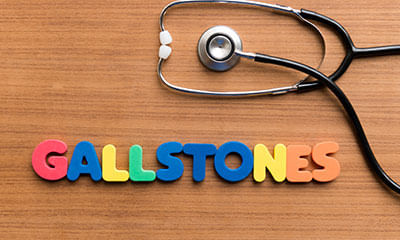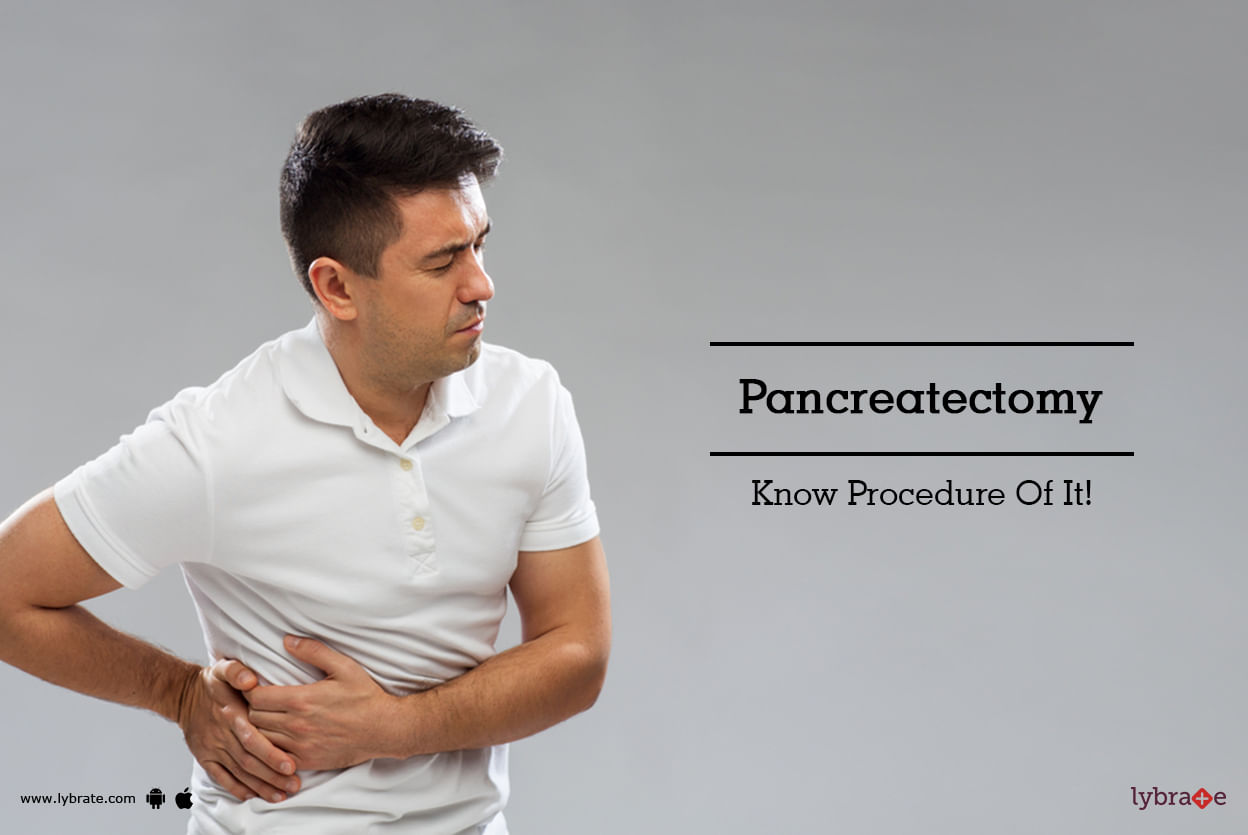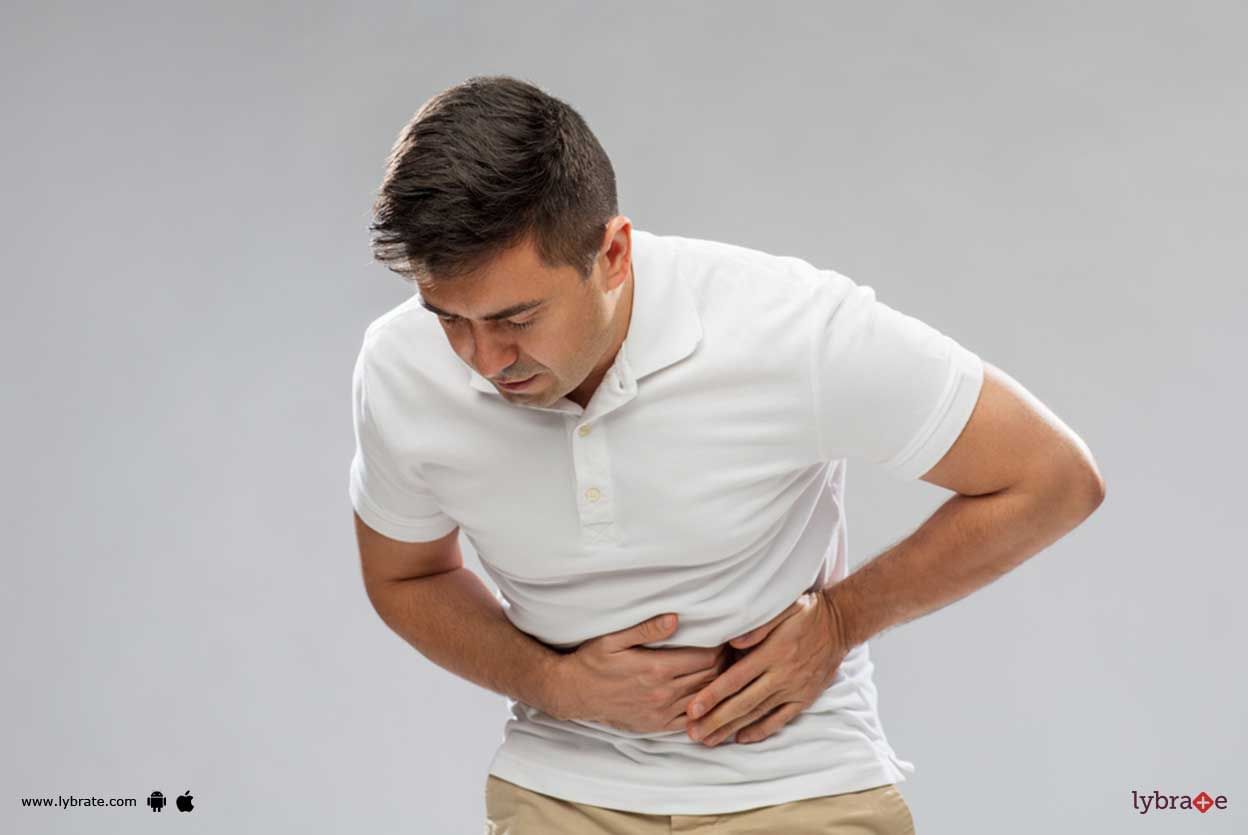Get the App
For Doctors
Login/Sign-up
About
Health Feed
Find Doctors
Health Packages
AllQ&AsTipsQuizzes
Duodenal Ulcer Tips
Last Updated: 4 years ago• Featured Tip
Share
Bookmark
Report
Peptic ulcer often referred to as stomach ulcer, is usually a misunderstood disease. Most people are unaware of the reasons why the ulcer is caused and are also unaware of the early symptoms of the disorder. Here is a look at some of the strange facts about peptic ulcers that you may not know.
Stress does not cause ulcers: The myth that stress causes ulcers is just that- a myth. Ulcers are not caused by stress and tension. However, if you are already affected by an ulcer, stress can all...more
Stress does not cause ulcers: The myth that stress causes ulcers is just that- a myth. Ulcers are not caused by stress and tension. However, if you are already affected by an ulcer, stress can all...more
Last Updated: 5 years ago• Featured Tip
Share
Bookmark
Report
Gallstones are bits of solid material that may be formed in the gall bladder. The gallbladder is a little organ located under the liver. You won't not know you have them until they've block your bile duct, causing pain that will need immediate medical intervention, and even hospitalisation in some cases.They may comprise of cholesterol, salt, or bilirubin, which consists of red platelets. Gallstones vary in size. They can be as little as a grain of sand or as even the size of an apricot in many ...more
Last Updated: 5 years ago• Featured Tip
Share
Bookmark
Report
Gallstones are hardened deposits of digestive fluid that can form in your gallbladder. Your gallbladder is a small, pear-shaped organ on the right side of your abdomen, just beneath your liver. The gallbladder holds a digestive fluid called bile that's released into your small intestine.
Gallstones range in size from as small as a grain of sand to as large as a golf ball. Some people develop just one gallstone, while others develop many gallstones at the same time.
Gallstones range in size from as small as a grain of sand to as large as a golf ball. Some people develop just one gallstone, while others develop many gallstones at the same time.
Last Updated: 5 years ago• Featured Tip
Share
Bookmark
Report
The gastrointestinal system starts from the oral cavity and ends at the anus where undigested food is eliminated from the body. The esophagus, small intestine, large intestine and rectum along with organs like salivary glands, pancreas, liver and the gall bladder are all part of the gastrointestinal system. The gastrointestinal problems affect women differently than men. The symptoms which are observed in women are different than the symptoms observed in men. Some of the major areas where the wo...more
Last Updated: 5 years ago• Featured Tip
Share
Bookmark
Report
Pancreas are a small, but a pretty important part of a person s digestive system. So when it needs to be removed, the reason has got to be quite serious, to say the least, doesn t it? The procedure is known formally as pancreatectomy and it is most often required for people who are suffering from cancer of the pancreas. Ideally, these people would only need the cancerous tumours removed, but things are not always this simple. As a matter of fact, only a little more than a tenth of the people who...more
Last Updated: 5 years ago• Featured Tip
Share
Bookmark
Report
Gallbladder stones are accumulated deposits of digestive fluids that form in your gallbladder. The gallbladder is a pear-shaped organ that is present on the right side of the stomach. It contains bile, a digestive fluid that is released into the small intestine during the digestive process.
The size of a gallstone can range from being very small as the size of a sand grain to the size of a golf ball. Gallstones usually require gallbladder removal surgery.
Symptoms -
Ga...more
The size of a gallstone can range from being very small as the size of a sand grain to the size of a golf ball. Gallstones usually require gallbladder removal surgery.
Symptoms -
Ga...more
Last Updated: 5 years ago• Featured Tip
Share
Bookmark
Report
Surgical Gastroenterologist•Howrah
Last Updated: 5 years ago• Featured Tip
Share
Bookmark
Report
These Gallstones don t cause any problems in most cases. But prompt treatment is required if stones block ducts and cause infections and inflammation in the pancreas. This may lead to the removal of the gallbladder through a surgery, known as cholecystectomy, which further includes techniques such as laparoscopic (keyhole) cholecystectomy or open surgery.
Although it is a less vital organ, the body can cope up even after removal.
Procedure of surgery:
The surgery invol...more
Although it is a less vital organ, the body can cope up even after removal.
Procedure of surgery:
The surgery invol...more
Last Updated: 5 years ago• Featured Tip
Share
Bookmark
Report
When a person has diarrhea and vomiting, he or she might say that they have the stomach flu. These signs are usually caused by a condition called Gastroenteritis. In gastroenteritis, the intestines get inflamed and irritated. It is commonly caused by a viral or bacterial infection.
Symptoms
The major signs and symptoms of Gastroenteritis include vomiting and diarrhea. A person might also have a fever, cramping, stomach pain, headache, and nausea. Because of vomiting and diarrhe...more
Symptoms
The major signs and symptoms of Gastroenteritis include vomiting and diarrhea. A person might also have a fever, cramping, stomach pain, headache, and nausea. Because of vomiting and diarrhe...more
Last Updated: 5 years ago• Featured Tip
Share
Bookmark
Report
It is gastrointestinal bleeding in the upper gastrointestinal tract, commonly defined as bleeding arising from the esophagus, stomach, or duodenum. Blood is often observed in vomit (hematemesis) or in the stool (melena). Upper gastrointestinal bleeding denotes a medical emergency and typically requires hospital care for primary diagnosis and treatment. The incidence of upper gastrointestinal bleeding is 50-150 individuals per 100,000 annually. Depending on its severity, it carries an estimated m...more
Book appointment with top doctors for Duodenal Ulcer treatment
View fees, clinic timings and reviews
Ask a free question
Get FREE multiple opinions from Doctors
posted anonymously



















